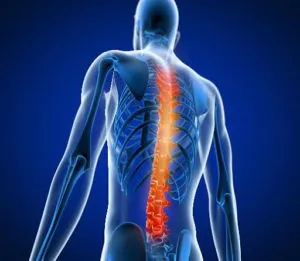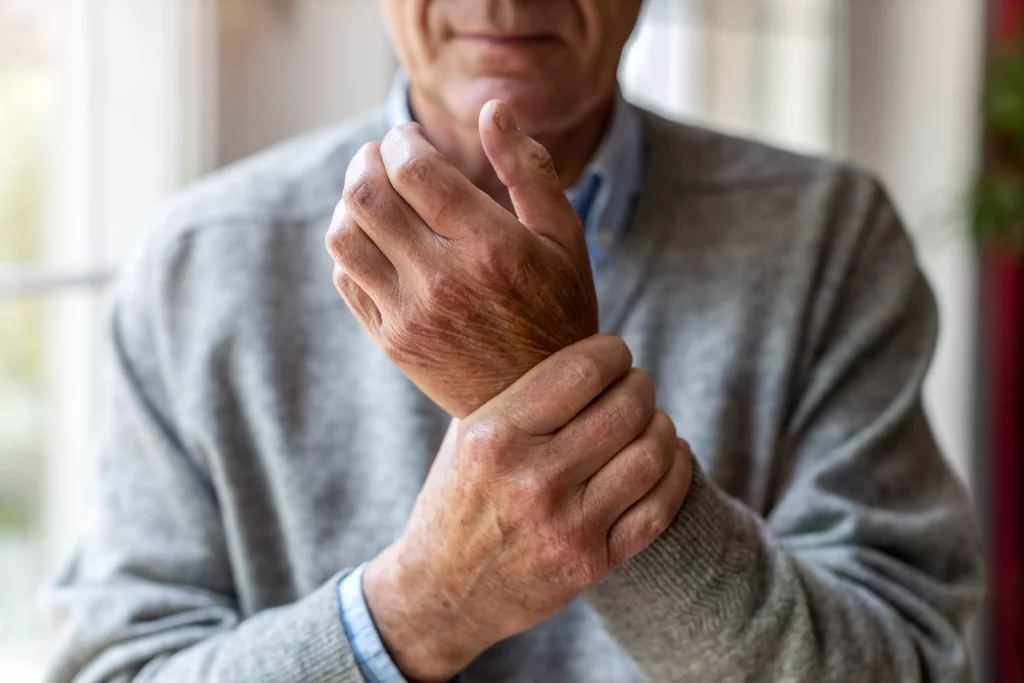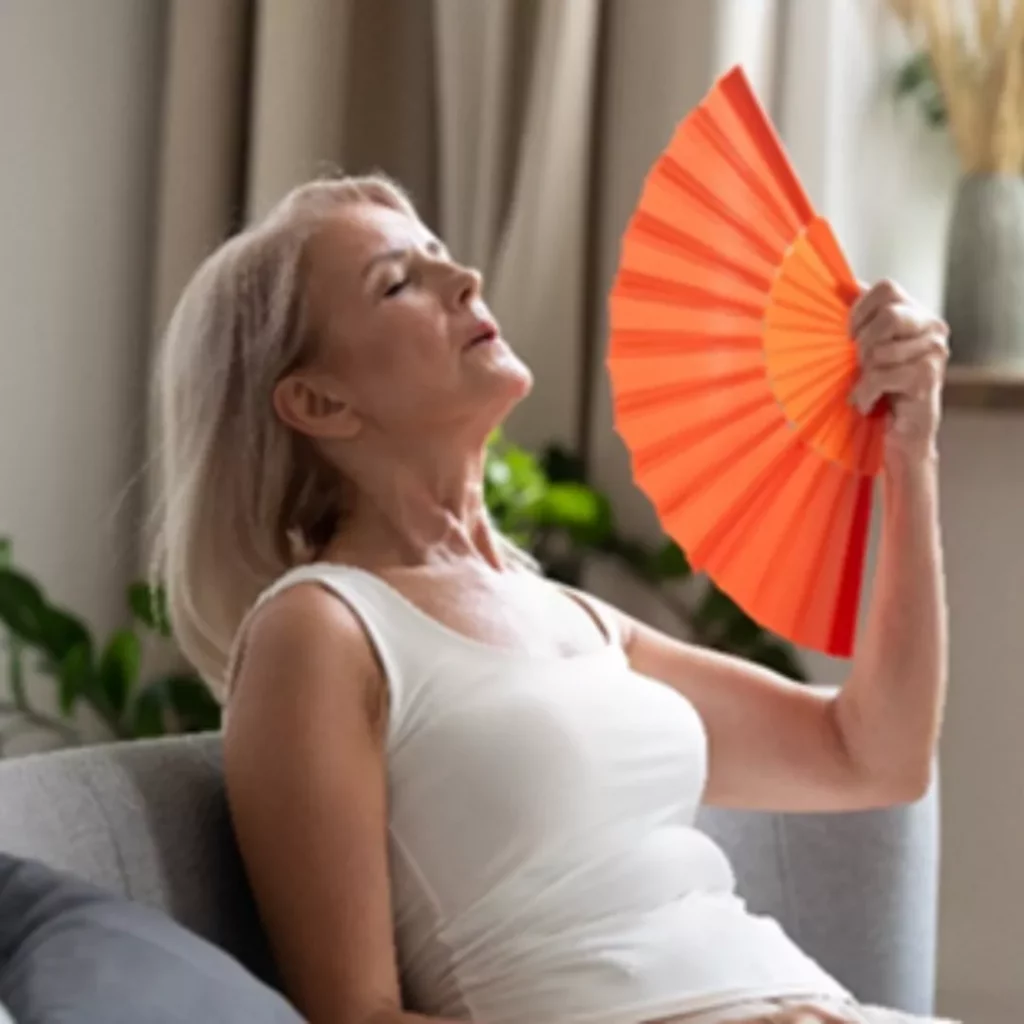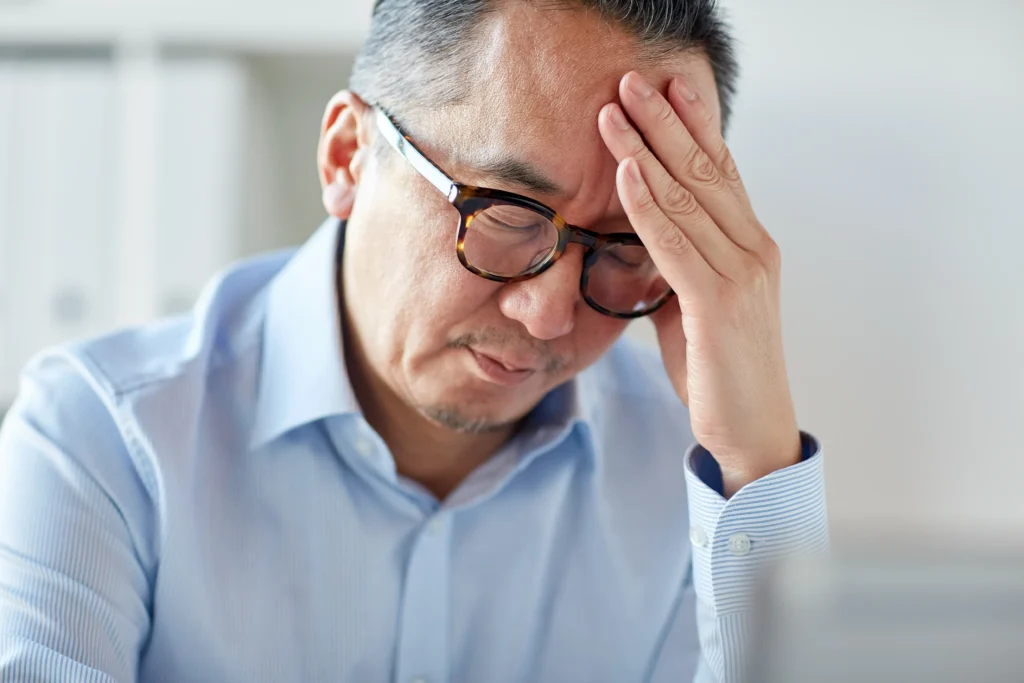The Back Story on Back Pain
For those digging (and digging) out from underneath this winter’s historic snowfall, the bend, lift, and twist of the snow shovel has become synonymous with back pain.

As one of the world’s leading causes of disability—an estimated 577 million people are affected by back pain worldwide at any one time—back pain is hardly confined to snow drifts and frozen landscapes. In fact, experts estimate that as many as 75% – 85% of Americans will experience back pain at some point in their lives—with the likelihood of back pain increasing with age.
“Back pain is an epidemic that causes widespread pain and suffering for millions of people worldwide,” says Executive Director and Chiropractic Physician Dr. Preston Bare D.C. of Anodyne Pain and Wellness Solutions Clinic in Ocala, Florida. An expert in his field, Bare’s patients have included National Football League athletes, National Basketball Association dancers, and world-class equestrian professionals. Bare notes that understanding the anatomy of the back is paramount to identifying and evaluating the cause(s) of back pain.
Back Talk
A complicated structure of bones, joints, muscles, ligaments, tendons, and highly-sensitive nerves, our back is a remarkable juxtaposition of strength, structure, and flexibility. The spine, our back’s centerpiece, is composed of 33 spool-shaped vertebrae bones and comprises four major regions: the cervical spine (the neck), the thoracic spine (the upper back), the lumbar spine (the lower back), and the sacral region (the bottom of the spine). “Strength and mechanical function of the spine begin with proper alignment of the spine,” says Bare. “Strength and posture are the windows to your spine, and your spine is the window to your nervous system—which controls and coordinates everything in the body.”
The cervical spine, or neck region, supports the weight of our head and protects the nerves that run from the brain to the rest of our body. This spinal section includes seven vertebrae that diminish in size as they approach the base of the skull. Consisting of 12 vertebrae, the thoracic spine, or upper back, is firmly attached to the rib cage—providing stability, structure, and protection for our most vital organs. In contrast to the fairly immobile upper back region, the lower back, or lumbar spine, has a great deal of motion—making it prone to muscle strain. The fourth region of the spine, the sacral or bottom of the spine, includes the triangular sacrum bone, which makes up the back part of the pelvis, and connects the spine to the lower half of our body. The intricate and complex design of the back’s spinal regions lends itself to injuries of all shapes and sizes.
Setbacks
As one of the most common reasons for doctor office visits, back pain ranges from the ache to the acute. Pain may be concentrated in a region of the neck or back, or may radiate to extremities. Common anatomical issues that yield back pain include the irritation, inflammation, or degeneration of nerve roots; the rupturing of disks; the straining of muscles; the spraining of ligaments; and the injury of back bones, ligaments, or joints. Sometimes, the root of back pain is conspicuous—a sports injury or accident—and other times, the source of back pain is more cryptic—with the simplest and most mundane of movements triggering sudden, acute pain. Other times, back pain may be caused by age- or genetics-related spine arthritis or by a more serious condition such as infection or cancer. For some, back pain can be debilitating—impacting sleep, activity level, and emotional well-being.
Bounce Back
One of the challenges of treating back pain is identifying the root cause. “Back pain can be elusive as there can be many causes,” says Bare. “Understanding the spine and the nerves that control and coordinate function will lead a trained physician to locate the root cause of the dysfunction.”

At his Anodyne Clinic in Ocala, Florida, Dr. Bare leads a holistic, integrated approach to diagnosing and treating back pain. “An integrated approach to back pain is invaluable,” says Bare. “Ocala Anodyne has the tools in house to treat pain associated with muscles and nerves, or joint dysfunction. Our multi-model approach enables us to get patients from pain to wellness without patients having to see numerous physicians in different locations. And, our non-opioid, non-surgical tactics help patients achieve long-lasting results while saving their lives from needless drugs or surgery.”
To learn more about Anodyne’s integrated, collaborative approach to back pain, visit https://anodynepain.com/ today.
Related Articles
Whether you’re struggling to diagnose a chronic pain condition or you’re pursuing wellness treatments to stay healthy and feel great, we’re here to support you at every step of your health care journey.


